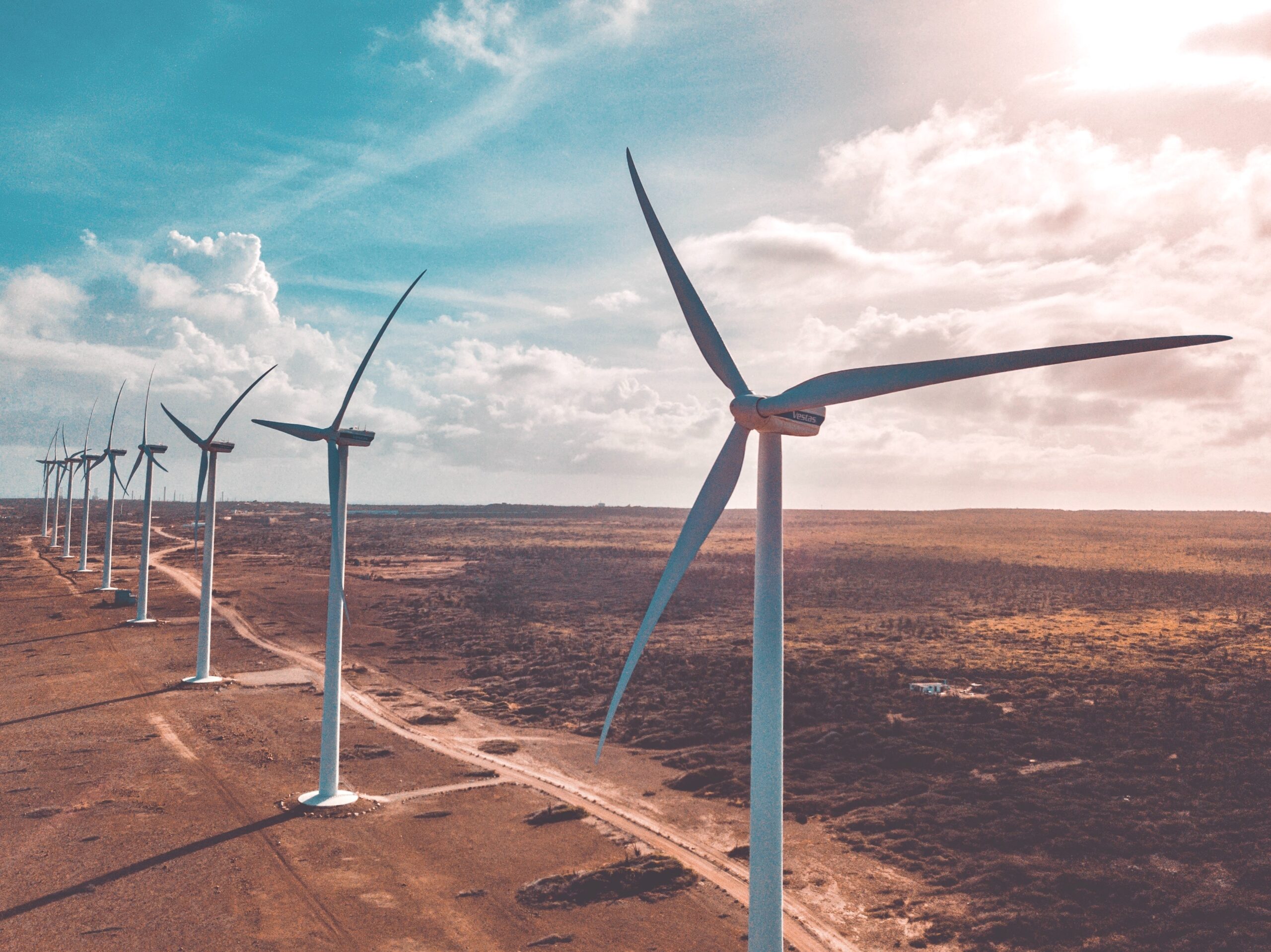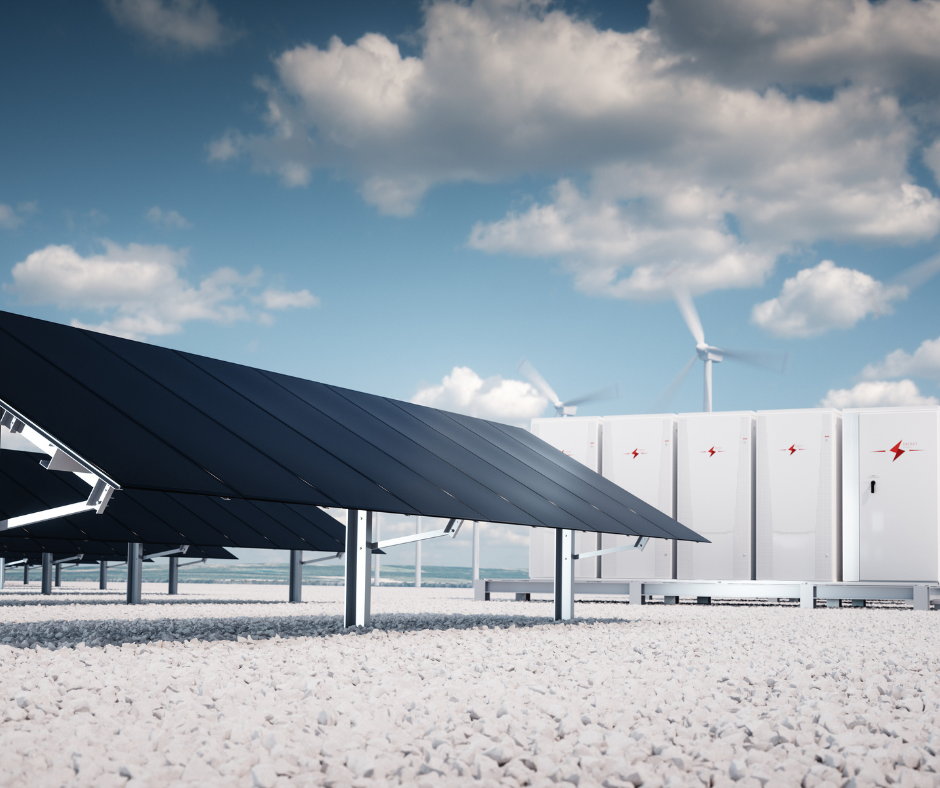Over the last week Chris Bowen has been selling from everyone to industry to landowners on the government’s $20 billion “Rewiring the Nation” project. He has stated that “securing social license to build the transmission lines is the single most pressing issue for the Australian energy transition.
The proposal involves the development and construction of 10,000km of lines before 2030 and the key to achieving this will be community and stakeholder relationships, which are now being built into the regulatory investment test (RIT-T) process. To facilitate this the NSW and VIC government are offering $200,000 per km for the land crossed by these new infrastructure projects.
Ian Learmonth, the head of the Clean Energy Finance Corporation, said that Australia will need an estimated 29GW of large-scale renewables to meet our ambitious goals, which breaks down to around 3.6GW a year.
This compares to last year’s large-scale wind and solar where Australia only installed 2.3GW. The 29GW required to be installed is challenged by the slow progress in developing essential new transmission lines and therefore Australia’s targets are at risk.
Daniel Westerman, the Chief Executive of AEMO, has stated that “From our control room we can see that increasing amounts of solar and wind generation are being curtailed because there’s not enough transmission capacity to transport it.”
Despite this, the share of renewables in the grid is hitting new highs, averaging 37% in Q1, and peaking at 66% for a half-hour dispatch period. As a result, greenhouse gas emissions from the grid were at their lowest recorded ever in Q123.
Additionally, there is concern from AEMO that there is 14GW of coal powered generation capacity retiring by 2030, which exceeds the 8GW of renewables announced so far. The effect of this could be starkest in the short term. With Eraring (2,880MW) due to come off in late 2025, there are concerns of a significant short term firming capacity gap for first few summers in NSW.
However, with a new Capacity scheme expected to be announced in the next few months, and the next ESOO due in October expected to show the shortfall for NSW, the possibility of extension is one being seriously discussed.
With the VIC – NSW West Interconnector final drafts expected soon and Humelink approval expected early next year, the move to new transmission is starting. However, questions remain as to whether it is too late for the government to meet its targets.


